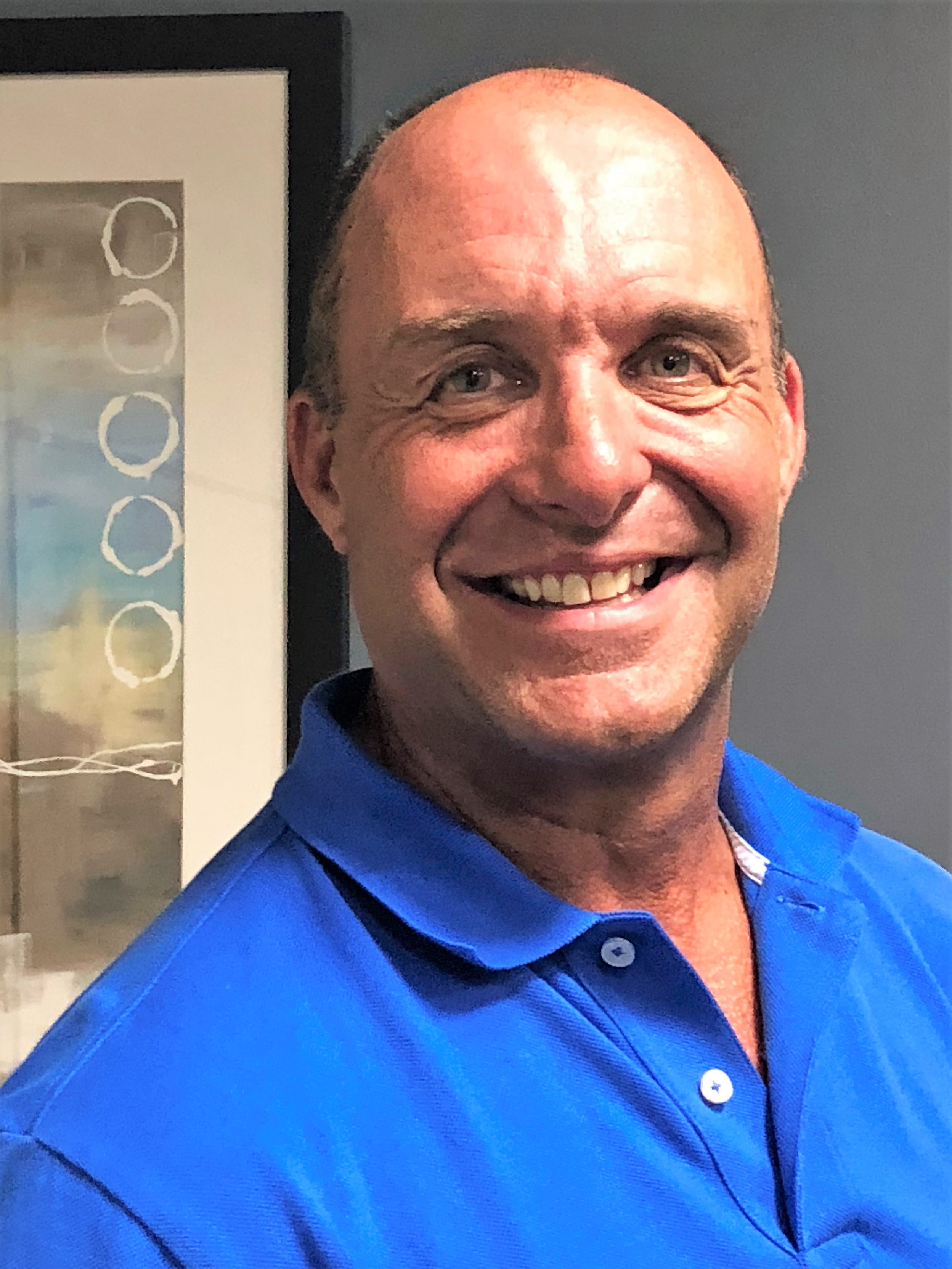
The full version of this information can be found in May 2020 of Hydrocarbon Engineering.
Developing a reliable hydrocarbon sampling program doesn’t end with implementation. It requires a maintenance service program that will keep your equipment running properly to ensure operator safety and equipment performance. But it can be overwhelming to establish a hydrocarbon service program. Get started with these 5 steps.
Representative sampling combines safety, simplicity and accuracy to deliver benefits unmatched by other sampling methods. In the oil and gas industry, sampling hydrocarbon liquids, such as crude oil, related cuts, condensates, and oil and water mixtures, is critical to ensuring quality control, identifying corrosion and ensuring processes are operating as expected.
Once a sampling program is in place, it’s critical to maintain the equipment to ensure operator safety and equipment uptime.
But it can be challenging to know how to plan and implement a service program. Plant operators and maintenance personnel are often unsure about how to implement a program that will help them make strategic decisions around maintaining, updating or replacing sampling equipment.
developing a reliable sampling program: what you need to know
1. Assess Assets
An assessment offers a comprehensive snapshot of all sampling assets in the hydrocarbon plant. It usually includes three components:
- Review Maintenance Backlog -
The “heart and soul” of a maintenance program is often found in the backlog of identified work. This backlog is an essential starting point that gives insight into where to start a comprehensive visual inspection.
-
Visual Inspection - This is the largest portion of your assessment. It includes a comprehensive review of all your existing sampling equipment, including components such as connection points, needles and hoses, and operational states.
-
Process Inspection - Where it's safe and possible, going beyond visual inspection will provide a clear picture of equipment in operation.
2. Identify Sampling Needs
From inspection and backlog review, you will be able to establish a set of needs within your Hydrocarbon plant. This assessment of needs includes three phases:
Diagnose: The assessor will develop a set of diagnostics, including:
- Any historical information
- Any quirks of the sampling equipment
- Post start-up performance
- Document changes in the process
- Production seasonality
Assess Needs: This will offer process insights and outline specific recommendations from the inspection. It answers questions such as:
- What is the process currently doing?
- Where are the opportunities?
- What is the end goal of this sample?
Prescribe: This details the status of the equipment, including:
- Is the equipment working as expected?
- Is a repair of retrofit necessary?
- Should this equipment be replaced with engineered or new technology?
3. Prioritize Needs
This is where the right partner makes all the difference. An experienced partner can help you develop and maintain a proper sampling program that will ensure your plant runs smoothly and safely. They can also help you dig deeper into your needs to prioritize what must be done first. This typically includes strategizing needs into three tiers:
- First tier - Needs immediate attention
- Second tier - Activities that need planning within the next year
- Third tier - Needs long-term planning prior to implementation
4. Execute and Implement
A properly designed representative sampling system that’s implemented with the right sampling equipment ensures process samples are repeatable and reliable, every time to help refineries:
- Achieve reliable and accurate analytical results
- Maximize return on investment
- Reduce waste, downtime and costs
- Ensure operator, asset and environmental safety
- Comply with industry standards for automatic sampling practices, such as API MPMS CHAPTER 8.2, ASTM D4177 and ISO 3171
5. Develop a Maintenance Schedule
A well-engineered sampling panel is critical to your hydrocarbon processing plant. Like any mechanical device, it requires regular maintenance to stay in peak operating condition. Without conducting regular inspections, your plant could slowly lose performance quality and increase the possibility of safety risks.
Regular maintenance is critical to keeping your sampling system running smoothly and efficiently. Developing a routine maintenance schedule will help you track maintenance trends and catch potential issues before equipment malfunctions or worse, fails.
By following these 5 steps from implementation through routine maintenance, you are ensuring your plant maintains peak performance equipment – reducing downtime and maximizing your processes performance.
Ready to learn more? Sentry ProShield Lifecycle Services help you establish and maintain safe, reliable and efficient sampling performance.




